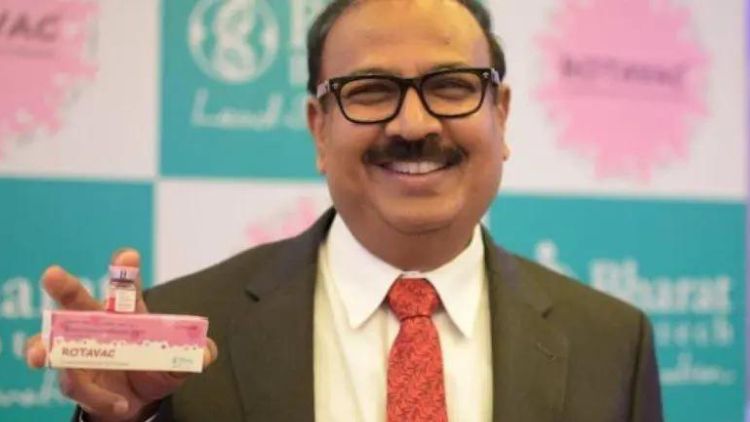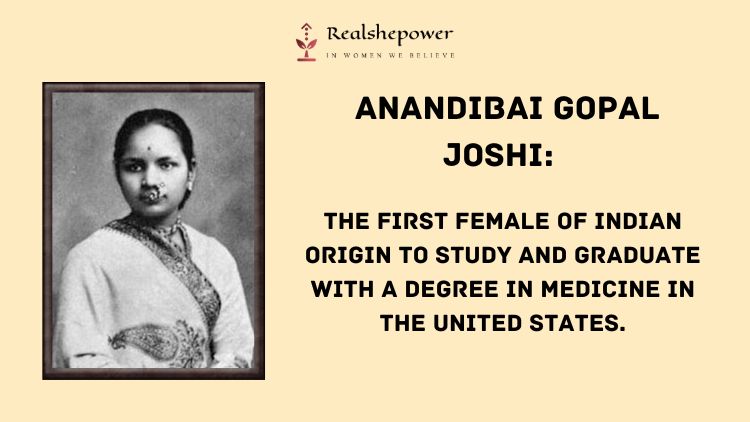Meet Krishnamurthy Ella the man behind COVAXIN


On the border between Tamilnadu and erstwhile Andhra, lies the temple town of Thiruthani, Krishnamurthy Ella was born in 1969, in an agricultural family to middle-class parents. No one could have imagined his trajectory.
Perhaps because of his background, Krishna wanted to study agriculture. His father wasn’t pleased – he told his son “Nobody becomes a farmer by just studying agriculture”. Unfazed, Krishna joined the University of Agricultural Sciences in Bangalore. His passion and hard work earned him a gold medal. Unlike “ordinary” gold medalists, he wasn’t content to get a job. Nevertheless, he supported himself after undergrad by working briefly in the agricultural division of Bayer Pharma. He longed for more. He got a rotary scholarship which enabled him to move to the US, to do his Ph.D. at the University of Wisconsin. The scholarship was the wind under his wings. There was no looking back.
His specialty was molecular biology.
While in the US, he met Suchitra, an economics graduate, and married her.
Average Indians in the US would dream of a green card for themselves. Dr. Krishna dreamt for millions of people – freedom from diseases. His solution – low-cost vaccine for neglected diseases.
He wanted his dreams to become reality in India. He started Bharat Biotech in Hyderabad in the newly formed Genome Valley. The first product was the cesium-free Hepatitis B vaccine – the first in the world. His work caught the attention of the Bill& Melinda Gates foundation – whose funds enabled Bharat Biotech to develop Rotavirus vaccine and conjugate Typhoid vaccine – again for the first time in the world.
It took 16 long years to make the rotavirus vaccine a reality. The vaccine costs 85 dollars in the western world, but Krishna had brought its price down to an astounding 1 dollar! The vaccines are available in 70 countries and Dr. Krishna and the team have 140 patents to their name.
Then covid happened.
The race for the vaccine started. The virus was new. No one knew what would work for sure – and everyone was hedging bets. Meanwhile, Adar Poonawalla, the billionaire CEO of the world’s largest vaccine manufacturing company was in talks with Oxford and Astra for manufacturing an adenovirus vaccine. Half a dozen companies from India tried, but realistically our collective fate depended on these two men.
They couldn’t have been more different. Poonawalla was a born billionaire, young and dashing, dressed in immaculate tuxedos, driving luxury cars, and flying private jets to London. Krishna was a scientist from a family of farmers, a salt of the earth man who had risen through sheer hard work and grit.
The global race to develop a vaccine had many approaches simultaneously. It’s a little like betting on many horses at the same time. Krishna realized that the vaccines should not just be safe and effective, but also practical. That meant no difficult storage conditions.
So mRNA vaccines were out. The adenovirus vaccines trick the body into believing that it has an infection by sending just the spike protein the virus uses to enter the cell. The immune system once primed, remembers this, and when the real virus attacks, is able to protect us. There was one glitch – the protection wasn’t full, at least in the early stages when they tested in chimpanzees. Krishna toyed with the idea of a modified rabies virus as a vector, but it didn’t work out. His projects with the University of Wisconsin, his alma mater, and Thomas Jefferson Institute too didn’t yield many results.
When the rest of the world went for cutting-edge mRNA tech, Dr. Krishna decided to go the retro route. Sometimes, old is gold. And he struck gold with the killed virus vaccine, developed in association with ICMR.
It had to be tested though – initially in mice and guinea pigs and then in humans. There were numerous struggles in phase 1 and 2 trials. This was a race against time. Corona was killing people. The previous vaccine had taken long years of research. Will covaxin work? Will it be safe? Were the foremost questions in everyone’s mind.
With the help of India’s virologists, they shortened the testing phase. They gave the vaccine to volunteers and in 28 days – their blood sample was taken. It was tested in a high biosafety lab with the deadly virus. If the vaccine had worked, the antibodies in the blood sample would neutralize the virus and there won’t be any growth.
To their ecstasy, the vaccine worked brilliantly. At long last, he had developed a vaccine that was made in India but for the world.
Covaxin was born.
Amazingly, Krishna Ella had achieved this without a single rupee from the government! There were further struggles ahead – in human testing. The pandemic had created a virtual Babel of tongues, magnified a million times by social media – with every Tom, Dick, and Harry raising doubts about the vaccine in every stage. Indian regulatory authorities were sane for once – they expedited the process.
India became the only third-world country to develop a vaccine. With the Vaccine Maitri initiative, it gave vaccines to many countries. It was an incredible achievement.
In the 60s, President Kennedy announced that America will put a man on the moon within a decade – even though no one knew how. It came to be known as the “moonshot”. Covaxin is India’s moonshot moment or perhaps a “coroshot” moment, achieved not in a decade, but within one year. It’s our own success in the war against an invisible foe. The fruits of this victory will be shared – with the poorest of countries.
They say, seeing is believing. Great men reverse this adage. They believe with such intensity that they bring to life and see what they believe.
Believing is seeing.
As I write this, I remember Soorarai Potru, a Tamil movie that chronicles the tale of a man who dreamed of the skies. Dr. Krishna Ella’s story is even more audacious. It’s a story of how a farmer’s son from Thirutani became a scientist and rose up to the biggest challenge of our lifetime. It’s also the story of how India metamorphosed from a bystander to a vaccine superpower.
About the Author
Karthik Balachandran is an MD,DM. Endocrinologist at Sri Ramachandra Medical College, Chennai who is Interested in data science. Follow him on Twitter @karthik2k2
Read: India’s First Woman Doctor

You can now write for RSP Magazine and be a part of the community. Share your stories and opinions with us here.
